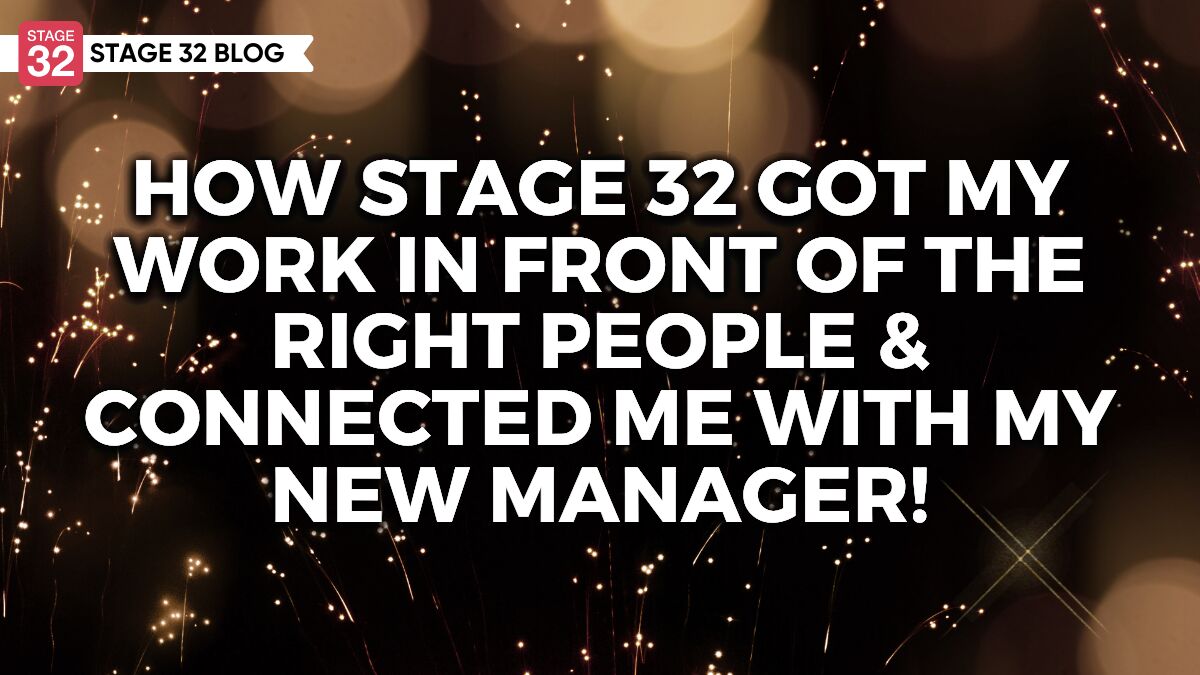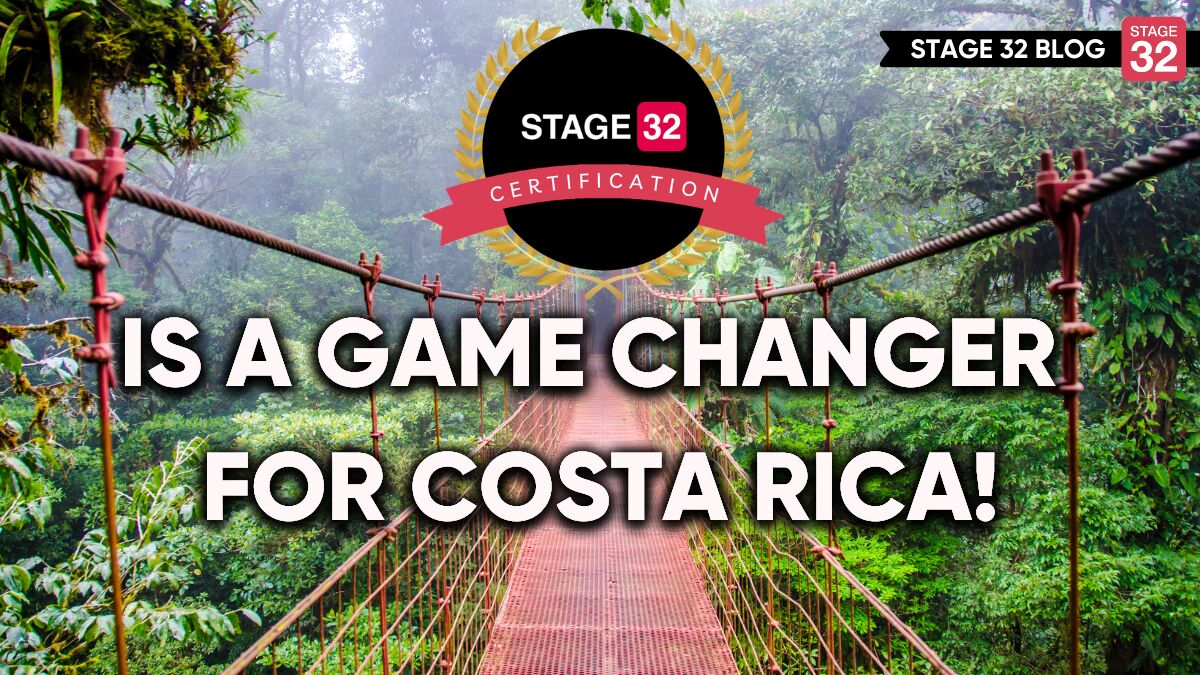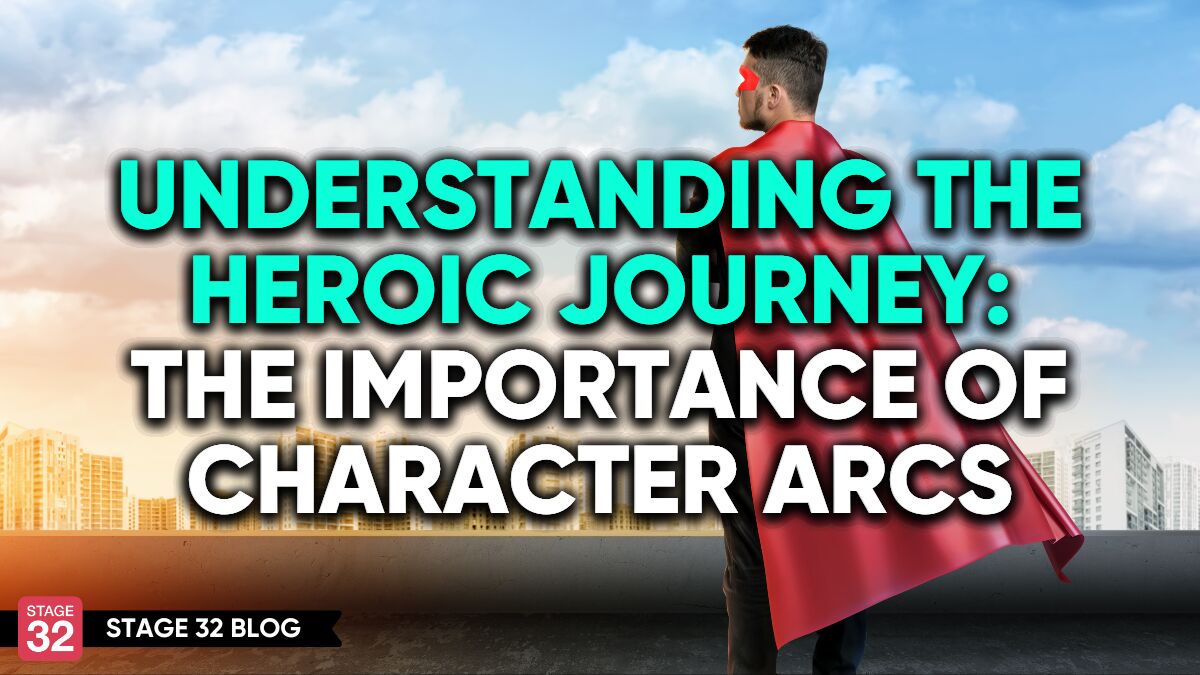Understanding The Heroic Journey: The Importance Of Character Arcs
Crafting compelling characters is important for successful screenwriting; with character arcs playing a pivotal role in captivating audiences. Understanding the Heroic Journey as a character arc sets the stage for dynamic and engaging characters that resonate with viewers.
Delving into the concept of character arcs, you will explore why they are crucial in screenwriting and how they breathe life into your narratives. By dissecting common character archetypes within the Heroic Journey, you will unravel how these arcs unfold throughout the story, ultimately leading to a thought-provoking question: Is the Heroic Journey itself a character arc?
The Essence of Character Arcs
Character arcs are the transformational journeys characters undergo throughout a story. They reflect deep internal change (self-revelation) influenced by external events (action and/or activity).
The essence of these arcs is a character's change, his/her nature, and the believability of their development. Audiences connect with characters who they see grow, struggle, and evolve in ways that mirror real life. A well-crafted character arc provides the emotional core of your script, driving the narrative forward and giving the audience a vested interest in the outcome of your story.
This is why the Heroic Journey is so potent for screenwriting—it offers a framework for character evolution, compelling audiences to empathize with your Hero/Heroine.
Navigating the Monomyth
The Monomyth, or the Heroic Journey, is a character arc that many narratives follow, consisting of various stages that lead a Hero/Heroine from the ordinary world into a realm of adventure, challenges, and growth.
To quickly review my last two blog posts:
- This starts with the Call to Adventure, where the Hero/Heroine is invited to leave their familiar surroundings.
- This is followed by the Hero/Heroine’s initial Refusal of the Call, which is eventually overcome, leading to the Meeting with the Mentor.
- As the Hero/Heroine crosses the Threshold into the new world, they face Tests, Allies, and Enemies, which help shape their character arc.
- The Heroic Journey reaches its resolution at the Ordeal, where they confront their greatest challenge.
- Following this, they achieve the Reward and begin the Road Back to their ordinary world, transformed by the experience.
This cyclical journey not only moves the plot but also signifies the Hero/Heroine’s internal transformation.

Crafting Your Protagonist
Defining Character Arcs
Character arcs define the internal journey of a Hero/Heroine from the story's beginning to its end. This journey is characterized by significant personal change, often a result of overcoming a major flaw or challenge. A character arc can be positive, with the Hero/Heroine experiencing growth and improvement, or negative, where they descend into a worse state.
Another type is the flat arc, where the character remains unchanged, but their beliefs and values are tested and affirmed. The key to a compelling character arc is how the Heroine’s experiences and the choices they make in response to the conflict drive their transformation.
When crafting your Hero/Heroine, it's important to consider not just where they start and end, but the pivotal moments that catalyze their change, providing a roadmap for their evolution.
The Pillars of Transformation
The pillars of transformation in a character arc are the critical junctures where the Hero/Heroine faces choices that alter their path. These are moments of intense pressure and conflict that force the Hero/Heroine to confront their deepest fears, biases, or desires.
- The first pillar is the character's realization of what they must overcome, often a flaw or a fear.
- The second pillar is the confrontation with this challenge, where the Hero/Heroine’s old ways are put to the test.
- The third pillar is the point of no return, a decision or action that changes the Hero/Heroine’s trajectory.
- Finally, the resolution solidifies the transformation, showcasing the Hero/Heroine’s new self, equipped with the lessons learned from their journey.
In crafting these pillars, it’s crucial to ensure they are deeply tied to the Hero/Heroine’s experiences, as authentic transformation stems from personal and often difficult choices made in the face of adversity.

The Screenwriter's Blueprint
The Necessity of Character Evolution
In screenwriting, character evolution is not just a narrative device, but a necessity for storytelling that resonates with an audience. A character's growth makes a story compelling and gives the audience a reason to invest emotionally. When characters evolve, they reflect the dynamic nature of human experience, allowing viewers to see aspects of themselves within the story. This evolution also serves as the backbone of the plot, with each stage of the Hero/Heroine’s Journey providing a structure for the narrative to unfold.
A static character makes a story boring, as there is no progression or sense of achievement. Therefore, ensuring your Hero/Heroine and other key characters undergo significant development is critical. It’s this growth that provides the satisfaction of a narrative payoff and leaves a lasting impact on the audience.
Driving the Narrative Forward
Character evolution is the engine that drives the narrative forward in a screenplay. As characters face obstacles and make choices, their growth keeps the audience invested in the story. Each decision and action taken by the characters should propel them toward their ultimate goal, reveal their nature, and showcase the story’s dynamics.
The plot advances through the Hero/Heroine’s actions, responses to conflict, and the resulting consequences. These events challenge the characters and prompt change, ensuring the story maintains forward momentum. You must carefully craft these moments to ensure they are believable, tied to the characters' established traits, and advance the plot. This interplay between character development and narrative progression is critical for creating and writing a successful script.

Archetypes & Their Journeys
Common Archetypes in the Heroic Journey
In the realm of the Heroic Journey, archetypes serve as universal touchstones that reflect the shared human experience.
These characters, such as the Hero/Heroine, the Mentor, the Ally, the Herald, and the Shadow, represent fundamental aspects of the Heroic Journey.
- The Hero/Heroine is the central figure, whose journey we follow, often embodying courage and vulnerability.
- The Mentor provides wisdom and guidance, helping the Heroine to navigate challenges.
- Allies accompany the Hero/Heroine, offering support and creating dynamic relationships that enrich the story.
- The Herald is the catalyst for change, triggering the Heroic journey.
- The Shadow represents the central antagonistic FORCE the Hero/Heroine must confront and overcome.
Each archetype plays a specific role that propels the Hero/Heroine forward and highlights different facets of her character arc. By understanding these archetypal roles, you will craft original characters that are timeless.
Character Archetypes as Emotional Anchors
Character archetypes not only fulfill structural roles within the Heroic Journey, but also act as emotional anchors for the audience.
Each archetype resonates with viewers on a different emotional level.
- The Hero/Heroine is the Main Character that orients the story and through whom the audience identifies, rooting for their successes and feeling their defeats.
- The Mentor carries the weight of wisdom and the challenge of proper guidance, creating a sense of safety for the Heroine and the audience.
- Allies bring relatability and camaraderie, offering lighter moments to counter the intensity of the Hero/Heroine’s challenges.
- The Shadow, as the central antagonistic force, evokes feelings of tension and conflict for the audience.
These archetypes, when well-executed, elicit a powerful emotional response, making your stories personal, engaging, and deeply satisfying.

The Heroic Journey Personified
Steps of the Heroic Journey Through Characters
The steps of the Heroic Journey are personified through the characters' experiences, making the abstract concepts of the Monomyth tangible and relatable.
- It starts when the Hero/Heroine is introduced in their Ordinary World, giving the audience a glimpse into their everyday life.
- The Call to Adventure disrupts this status quo, often delivered by the Herald archetype.
- As the Hero/Heroine hesitates, refusing the call, they encounter the Mentor, who provides the necessary push towards the Threshold of Adventure.
- Allies and Enemies are met along the way, representing the Tests and Ordeals that challenge the Hero/Heroine, shaping their growth.
- The Hero/Heroine’s ultimate transformation occurs through the Supreme Ordeal, testing their resolve and leading to a Reward, a deeper understanding, or a tangible object.
- The Return with the Elixir signifies the Hero/Heroine’s full arc, bringing their journey full circle, now ready to impart wisdom gained to their world.
The Character Arc Within the Heroic Path
The Hero/Heroine’s path is a blueprint for the character arc, each step representing a stage in their transformation.
- This journey begins with dissatisfaction or discomfort in their Ordinary World, which sets the stage for change.
- As the Hero/Heroine answers the Call to Adventure, they leave behind old habits and beliefs, stepping into a world of new challenges.
- The Tests they face, Allies they gain, and Enemies they confront serve to strip away the Hero/Heroine’s former self, revealing and forging a new identity.
- The Supreme Ordeal is the crucible that tests the Hero/Heroine’s resolve and commitment to change, often involving a symbolic death and rebirth.
- Upon Returning with the Elixir, the Hero/Heroine completes their arc, emerging as a changed person (self-revelation) with something valuable to help others.
This reflection of the character arc in the Heroic Journey is crucial for the Journey to resonate with global audiences.
A Provocative Culmination
Is the Heroic Journey the Ultimate Character Arc?
The Heroic Journey is celebrated as a universal template for storytelling, raising the question of whether it is the ultimate character arc. This journey's profound impact on the Hero/Heroine mirrors the arc's core — transformation. As the Hero/Heroine navigates each stage, they move through the plot and undergo personal evolution. This transformation is deeply connected to human psychology and the desire for growth, making it resonate on a universal level.
However, some argue the Heroic Journey's predictability limits its effectiveness as the ultimate arc, suggesting that stories need innovation to captivate modern audiences. While the Heroic Journey provides a foundational archetype, the ultimate character arc is one that adapts and evolves, reflecting the complexities of human nature and the ever-changing world we live in.
Let's hear your thoughts in the comments below!
Got an idea for a post? Or have you collaborated with Stage 32 members to create a project? We'd love to hear about it. Email Ashley at blog@stage32.com and let's get your post published!
Please help support your fellow Stage 32ers by sharing this on social. Check out the social media buttons at the top to share on Instagram @stage32 Twitter @stage32 Facebook @stage32 and LinkedIn @stage-32
| How Stage 32 Got My Work In Front Of The Right People & Connected Me With My New Manager! |
| Stage 32 Certification Is A Game Changer For Costa Rica! |
Search Stage 32 Blog
There are now 3693 blog posts for you to enjoy. Search them all by tags below.
Acting, Advice, Cinematography, Coffee & Content, Composing, Contests, Distribution, Featured, Filmmaking, Financing, Inspirational, Networking, Producing, Screenwriting, Success Stories, Tips, Trending,Relevant Tags
Recommended Articles

Coffee & Content: Traits You Need To Succeed In The Entertainment Business

Announcing the 2nd Annual Period Piece Screenwriting Contest

Time To Breakout Of Creative Blocks

Happy New Year! Let's Talk Goals!

The 3 Step Process To Unlock Your Creativity

5 Tips For Writing Your Life Story

A Stage 32 Success Story: My Adventures Writing My First Horror Movie

7 Lessons I Learned From Film Festival Rejections

Setting Intentions for the New Year: Creating My Mid-Life Peace (No Crisis Welcome!)






